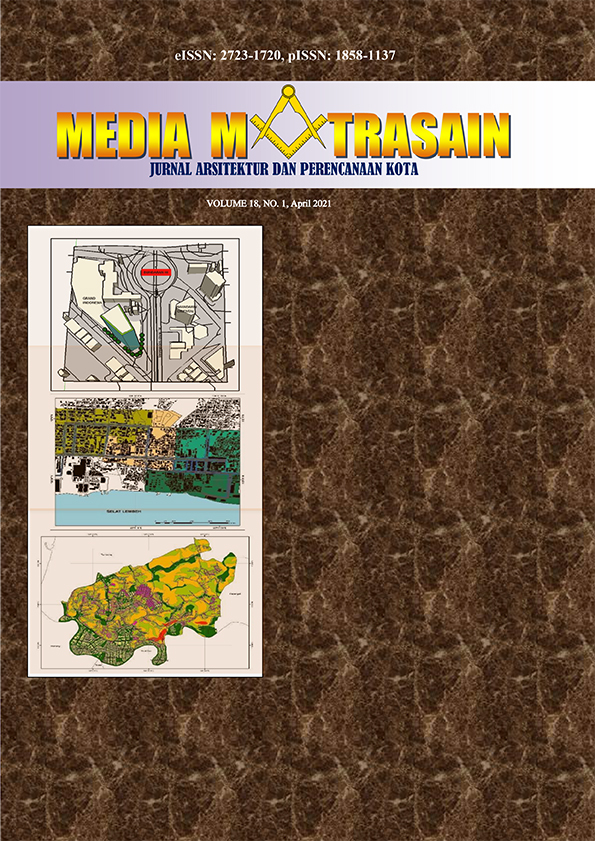ANALISIS TINGKAT KENYAMANAN JALUR PEDESTRIAN DI KAWASAN PUSAT KOTA BITUNG
DOI:
https://doi.org/10.35793/matrasain.v18i1.37060Keywords:
Utilization and Conditions of Pedestrian Paths, Comfort Levels of Pedestrian Paths, Likert AnalysisAbstract
City development has affected urban space, one of which is the Pedestrian Path, therefore the researcher aims to identify the use and condition of the pedestrian path and analyze the effect of the level of comfort on pedestrians in the Bitung City Center area. The method used in this study is a qualitative method and a quantitative method with Likert Scale Analysis to answer the Utilization and Condition of Pedestrian Paths and Multiple Linear Regression Analysis to answer the Influence of Comfort Levels on Pedestrian Users in the Bitung City Center Area. From the results of this study, the first conclusion can be drawn about the use and condition of the Pedestrian Paths in the Bitung City Center area. It was found that the Pedestrian Paths were used as a place for distributing billboards with good conditions (76%), good formal businesses (71.4%), Informal Business Fairly Good (52.4), Good Social Activities (80.8%), Green Line 76.2%, Poor Facilities (40%) with Good Cleanliness (80.8%), Good Circulation (71%) ) and Fairly Good Security (50.4%). and the second conclusion about the factors that affect the level of comfort for users of the Pedestrian Path, simultaneously the variables of the Green Line, Circulation, Security, Cleanliness and Facilities affect the Comfort Level of the Pedestrian Path in the Bitung City Center Area. Partially those that affect the level of comfort are influenced by the variables in Zone A, namely the Facilities, Cleanliness, Circulation Variables. While in Zone B the Green Line Variable, Facilities. Then in Zone C Variable Green Line, Circulation and in Zone D Variable Facilities.


